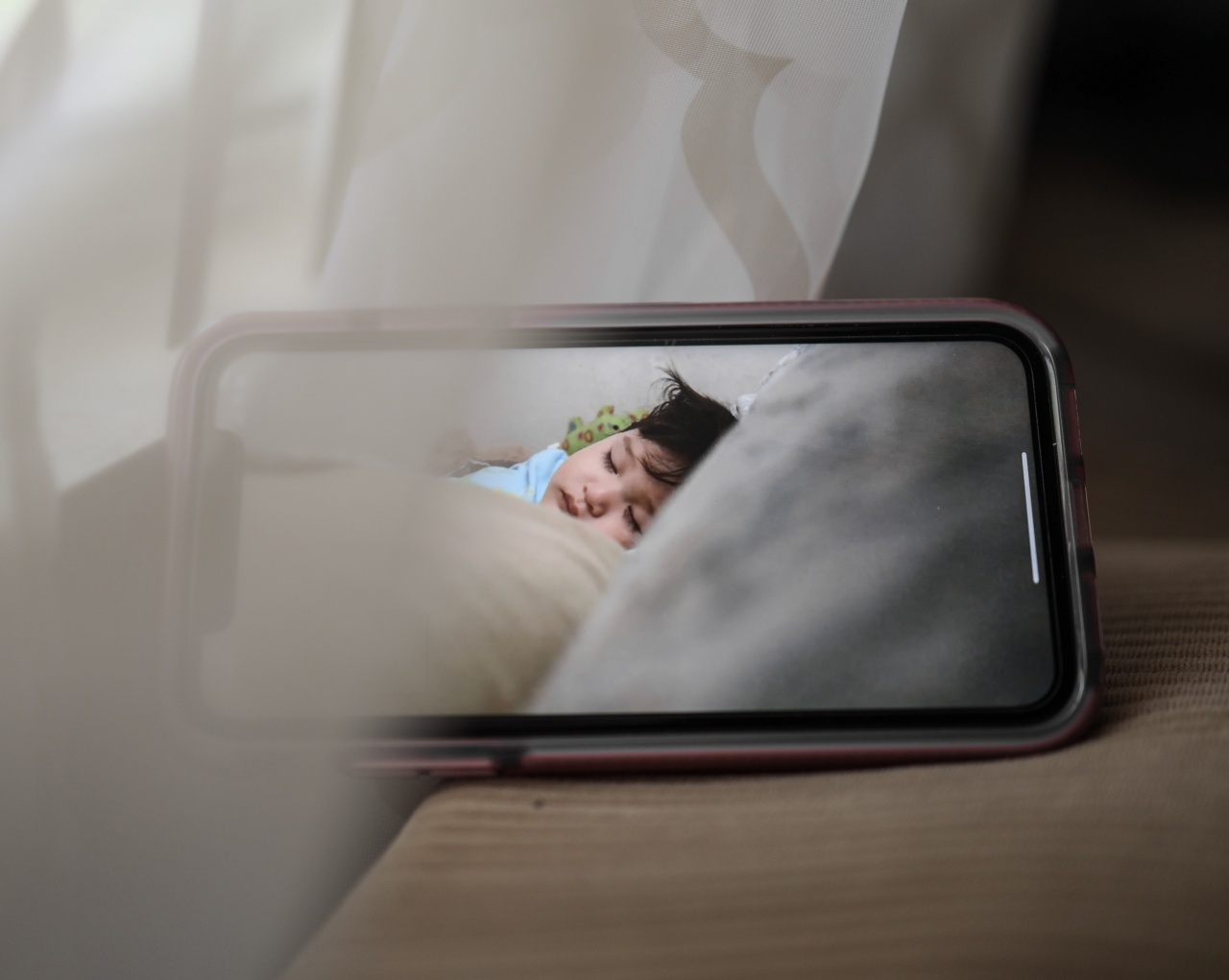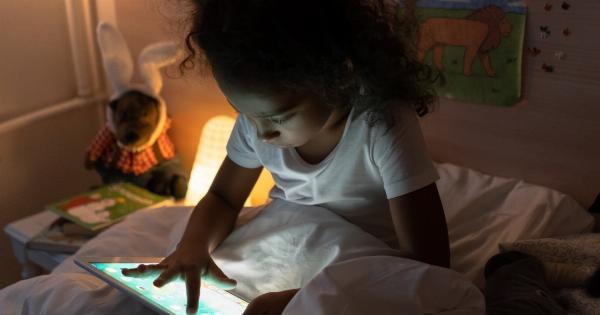In today’s digital age, electronic devices have become an integral part of our daily lives. From smartphones and tablets to laptops and gaming consoles, these devices offer numerous benefits and conveniences.
However, the increasing use of electronic devices, particularly among children, has raised concerns about their impact on sleep quality and duration. In this article, we will explore why electronic devices are robbing kids of valuable sleep hours and discuss the potential consequences of this trend.
The Role of Blue Light
One of the primary reasons why electronic devices can disrupt sleep patterns is due to their emission of blue light. Blue light is a short wavelength, high-energy light that is emitted by electronic screens.
Exposure to blue light in the evening can suppress the production of melatonin, a hormone that regulates sleep. The stimulation from blue light tricks the brain into thinking it’s daytime, making it harder to fall asleep and disrupting the sleep-wake cycle.
Delayed Sleep Onset
Electronic devices can also lead to delayed sleep onset, particularly among children and teenagers.
The engaging content and activities available on devices like smartphones and tablets can be addictive, causing individuals to stay up past their bedtime. Whether it’s endless scrolling through social media feeds, playing games, or watching videos, the allure of electronic devices can keep kids awake for longer than intended, resulting in a sleep deficit.
Disruption in Sleep Patterns
In addition to delaying sleep onset, the usage of electronic devices before bed can disrupt the overall sleep patterns of children.
Research has shown that using electronic devices at night can lead to shorter total sleep duration, decreased sleep efficiency, and fragmented sleep in children. This disruption can have a profound impact on their cognitive function, mood, and overall well-being.
Negative Psychological Effects
The negative psychological effects of electronic device usage before bed are well-documented.
The exposure to stimulating content, such as violent video games, disturbing images, or cyberbullying incidents, can leave a lasting impact on a child’s mind. This mental stimulation can lead to increased anxiety, stress, and difficulty in winding down before sleep.
Additionally, the constant connection to social media platforms can contribute to feelings of inadequacy, comparison, and poor self-esteem, further exacerbating sleep disturbances.
Effects on Academic Performance
A lack of sufficient sleep can have detrimental effects on a child’s academic performance.
Studies have indicated that students who use electronic devices late at night are more likely to experience difficulties in concentration, memory retention, and problem-solving abilities. The fatigue and sleep deprivation caused by excessive device usage can impair cognitive function, reduce alertness, and hinder the ability to focus and learn effectively during the school day.
Health Risks and Physical Consequences
The impact of electronic devices on sleep goes beyond psychological and cognitive aspects. Prolonged exposure to blue light from electronic screens can disrupt the circadian rhythm, which serves as the body’s internal clock.
This disruption can not only lead to sleep disturbances but also contribute to various health risks. Studies have linked inadequate sleep due to electronic device usage to an increased risk of obesity, diabetes, cardiovascular diseases, and weakened immune function.
Furthermore, prolonged sedentary behavior associated with device usage can also contribute to a sedentary lifestyle and physical health problems like obesity and musculoskeletal issues.
Parental Intervention and Setting Boundaries
As the custodians of their children’s well-being, parents play a crucial role in addressing the issue of electronic devices robbing kids of valuable sleep hours.
Setting clear boundaries and enforcing rules regarding device usage can help mitigate the negative effects. Creating device-free zones, such as bedrooms, during designated sleep hours can promote a healthy sleep environment. Role modeling healthy device habits by limiting one’s own screen time can also positively influence children’s behavior.
Education and Awareness
Educating both parents and children about the potential consequences of excessive device usage is vital.
Schools can incorporate sleep education programs to raise awareness about the importance of good sleep hygiene and the impact of electronic device usage. Teaching children about the value of quality sleep and the benefits it offers in terms of physical health, mental well-being, and academic performance can empower them to make better choices regarding their device usage.
Alternative Activities and Strategies
Encouraging alternative activities to replace excessive device usage can help children establish healthier sleep patterns.
Regular exercise, engaging in creative hobbies, reading printed books, or participating in family activities can promote relaxation, reduce screen time, and improve sleep quality. Implementing a pre-sleep routine that excludes electronic devices can signal to the brain that it is time to wind down and prepare for sleep.
Implementing Technology Solutions
Ironically, technology can also offer solutions to mitigate the negative impact of electronic devices on sleep.
Some devices and apps now come equipped with features like night mode, which reduces blue light emission and minimizes its disruptive effects. Parental control apps can be utilized to set screen time limits, block certain apps or websites during designated sleep hours, and track device usage.
These tools can provide support to parents in managing and monitoring their children’s device usage.
Conclusion
As electronic devices continue to evolve and become increasingly prevalent, it is essential to address the impact they have on children’s sleep.
The detrimental effects of excessive device usage on sleep duration, sleep quality, and overall well-being can have far-reaching consequences.
By understanding the role of blue light, setting boundaries, promoting education, encouraging alternative activities, and implementing technology solutions, parents and society can work together to ensure that children prioritize their sleep and achieve a healthier balance between technology and rest.






























